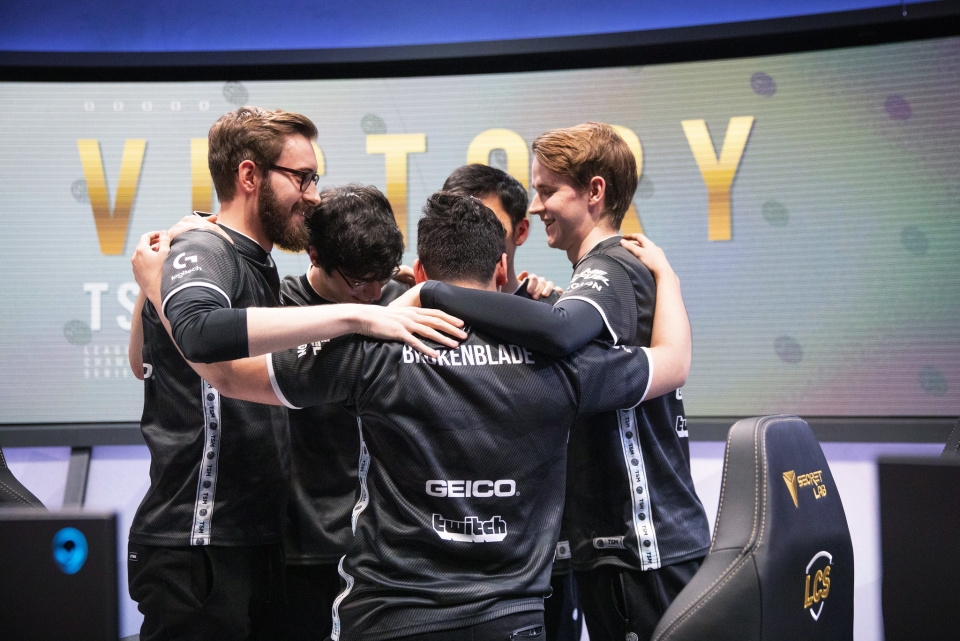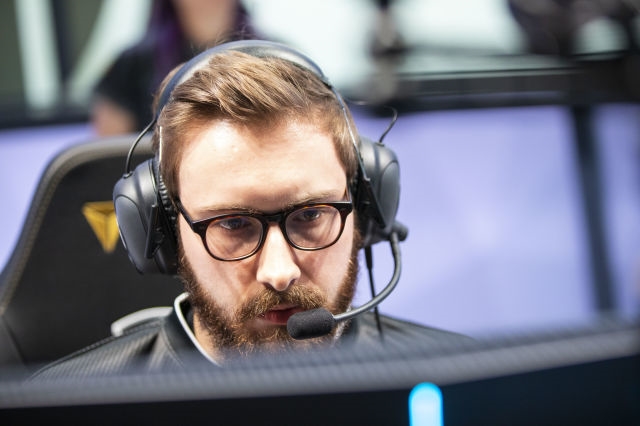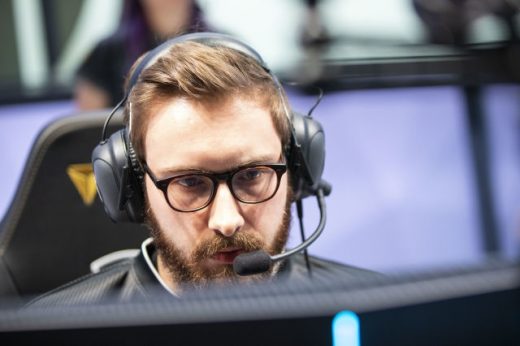As ‘League of Legends’ summer games begin, the pros talk player health

Today marks the beginning of the League of Legends Championship Series (LCS) summer split, where 10 North American teams will compete for eight spots in the Playoffs, and the chance to represent the region at Worlds in the fall. LCS games will take place every Friday, Saturday and Sunday over the coming months, after Riot switched from weekend-only, two-day tournaments in January. Following a brief flirtation with Monday matches, the LCS schedule is kicking off with a fully branded and advertiser-backed Friday Night League extravaganza.
“I do actually go to therapy on Friday morning, so I need to figure out to maybe move that appointment to a different day,” said Søren “Bjergsen” Bjerg. He’s a legendary LCS mid-laner and a co-owner of Team SoloMid (TSM), the organization he’s been a part of since late 2013. Bjergsen is TSM’s rock — he joined up when he was just 17 years old, and he’s been a constant, highly valuable player ever since. He became co-owner of TSM in October 2019, at the age of 23.
Veteran League of Legends European Championship (LEC) and LCS top-laner Paul “sOAZ” Boyer said players on Korean and Chinese teams push themselves in ways NA and European teams don’t. sOAZ has a storied career in League of Legends, with six Worlds appearances under his belt, and he’s currently top-laner for Immortals.
His coach, Thomas “Zaboutine” Si-Hassen, called sOAZ’s characterization of the LCK and LPL “fair,” and said there’s an additional factor at play: numbers.
“How deep is your pool?” Zaboutine asked. “In China, in Korea, everybody that plays video games, pretty much plays on a PC and plays games such as League of Legends, PUBG. Pretty much the whole video game industry revolves around competitive games, much more than for instance, the Western world. So the pool of players in this region is so deep and so wide, that you’re going to find someone if one breaks.”
And players definitely break. The most recent example of this phenomenon is the retirement of Jian “Uzi” Zi-Hao.
It’s hard to overstate how important Uzi was to the growth of the LPL, or to the game in general. He was an AD Carry, meaning his job was to deal damage, and he did so in spectacular fashion. Uzi began his professional career at the age of 15, and by the time he retired this year at the age of 23, he was the face of the LPL and widely regarded as the best bot-laner in the world.
Uzi announced his retirement on June 2nd, citing chronic hand and shoulder injuries that had plagued him for years. In a promotional video for Nike released in September 2019, Uzi said, “One time I went to the hospital for a check-up and the doctor said my arms are similar to that of a 40- to 50-year-old. He really told me that.” He was also diagnosed with Type 2 Diabetes last year.
Team owners and coaches aren’t blind to the physical and mental health concerns facing players, and many organizations have nutritionists, sports psychologists and physical trainers on staff. Riot Games launched a partnership with Crisis Text Line this week to offer free, confidential mental health support to League of Legends players, pro or otherwise.
Still, grueling practice schedules and the pressures of top-tier athleticism have real consequences for players.
That’s why Bjergsen is such a staunch advocate of therapy and meditation. He’s helped players on his team find psychologists and psychiatrists, and he stresses the importance of finding the right person to talk to. The first therapist isn’t always the right one, but it’s worthwhile to keep looking until you connect with someone who can truly help, he said.
“Obviously when people are anonymous, they’re pretty harsh online,” Bjergsen said. “They can easily be anonymous on Twitter and they are on Reddit. It’s definitely something I’m really aware of for myself, and I hope other people are not ashamed to see a therapist.”

Like many esports pros, Bjergsen spent his formative years in the spotlight, and he’s been the target of both incredible praise and rageful harassment, often simultaneously. In real-time as a rising star, he had to manage the pressures of being an international athlete, high-profile streamer and effective teammate. It was often dark and difficult.
“I’ve been around so long that it doesn’t bother me as much, but I did go through a phase where that was really hard for me,” Bjergsen said. “If you take in the good, you also have to take in the bad. Now I’m just a little bit more disconnected from all of it, both the praise and the criticism.”
“I’ve been around so long that it doesn’t bother me as much.”
One tool that’s helped him immensely is therapy (on Friday mornings or otherwise). His current therapist has a background working with military clients — “I think she understands what it’s like being in a team,” Bjergsen said — and she teaches meditation.
“Meditation is a pretty big part, the conversation of performance and flow in general,” he said. “She’s really helpful to me with working in a team and how to work best with my teammates, how to deal with pressure. I can imagine a lot of younger players could learn a lot talking to someone about how to deal with the community perception and criticism from the community.”
It’s not only new players that could benefit from introspection, meditation and therapy, but veterans as well, Bjergsen said.
“I do know a lot of professional players where a big part of them stopping is just the toll that it takes to practice such long hours, feeling like you’re under a microscope all the time from the community,” he said.
A handful of well-known League of Legends pros have retired recently amid mental health concerns, including Korean players Lee “Wolf” Jae-wan and Heo “PawN” Won-seok. Wolf, 23, cited years of depression, adjustment disorder, anxiety, and panic disorder spurred on by the competitive pro-gaming scene. PawN, also 23, was diagnosed with obsessive-compulsive disorder in 2018 and eventually found it impossible to continue playing at the highest tier. Both players retired late last year.
“Not long after [2018], the panic attacks became really severe,” Wolf told Inven Global in November. “Fans probably only knew that I was just unhealthy. At the time, not only did I go throw up, I started to have panic attacks when I was unplugging my keyboard, so I went under the desk, and vomited, cried, and trembled like crazy for over 10 minutes. The coaching staff came to get me after I’d calmed down, and that continued for months.”
The Korean League of Legends scene, the LCK, is the most competitive in the world, and it regularly dominates the other regions. This also means it’s arguably the most high-pressure. Korean teams hold five of the nine Worlds titles, though China (LPL) has taken home the trophy for the past two years.
(62)



